Employee Engagement

People are multi-faceted
Your approach to Employee Engagement should be too.
Employee engagement concerns the degree of emotional commitment that an employee has to their job and the organisation as a whole. Engaged employees "go the extra mile” for their company, their colleagues and their customers, while disengaged employees do the bare minimum.
Over the last 5-10 years, engagement has become one of the hottest buzzwords in business. Research led by Gallup and many other organisations have found that employee engagement consistently affects all key performance outcomes in a business, regardless of the type of organisation or industry. Profitability, productivity, employee retention and customer satisfaction are some of the most common benefits correlated to higher engagement scores.
More than 100 studies have been done that look at the “key drivers of employee engagement” (the specific factors that lead to having engaged employees). Most will agree that there is no “one true list” of engagement factors since different factors matter more to certain individuals than others. This is where assessments can help — by uncovering what matters most to each individual.
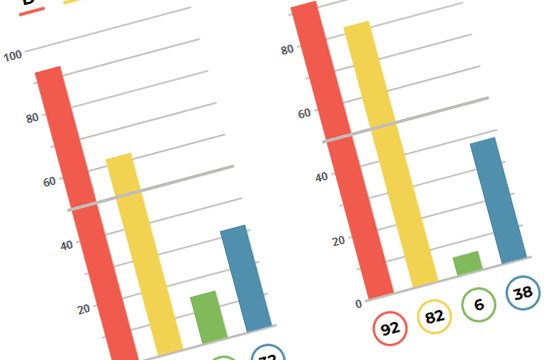
DISC Profile in Employee Engagement
This assessment measures 4 core behavioural tendencies.
Responds to others' preferred communication style will lead to better relationships. Thoughtful and consistent communication is one of the keys to engaging others. Understanding how people prefer to behave and communicate is a good first step to understanding how to engage them. The DISC profile can be used to help create an environment where each team member's behavioural strengths are given the opportunity to flourish.
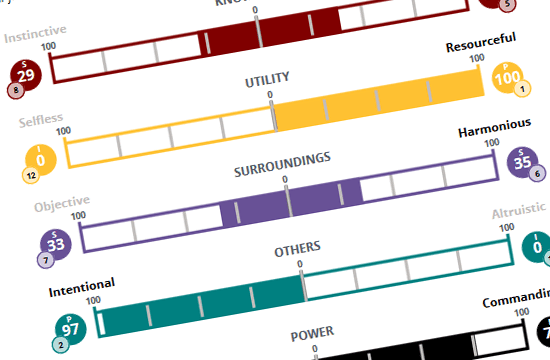
Driving Forces Profile in Employee Engagement
This assessment measures 12 personal drivers or motivators.
A person’s core motivators or values play a key role in employee engagement. In the end, how engaged are you going to be if your job doesn’t allow you to experience what you value most? The idea of using the Driving Forces profile is to help leaders understand what conditions each of the six motivators respond to best, and how to adapt their leadership style in order to create the right kind of environment for their team members.
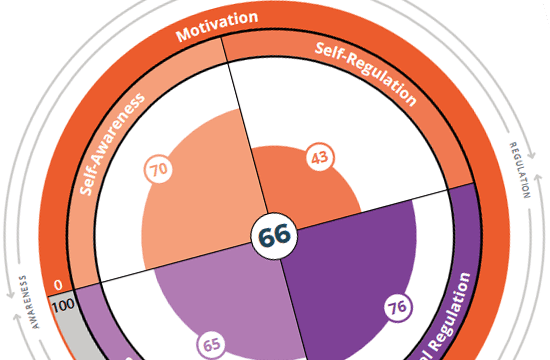
TTI Emotional Quotient in Employee Engagement
This assessment measures 5 core dimensions of EI.
Training in EQ helps leaders and teams become more aware of the best ways to communicate and interact with each other. Since research shows that a person's immediate manager has the most direct impact on their engagement, performance and well being, team members that work for emotionally intelligent leaders are far more willing to pursue goals beyond what's required or expected of them.
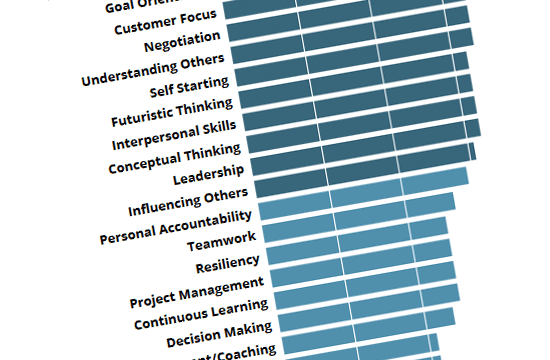
DNA Profile in Employee Engagement
This assessment measures 25 competencies or soft skills.
The DNA profile is so named because there are 25 soft skills that are the basis (or building blocks) for performance across many different roles. Employee engagement is all about helping people to play to their strengths. With an understanding of these 25 skills, individuals can ensure they are in roles that bring out their best and leaders are better equipped to determine which tasks will play to employees' strengths.
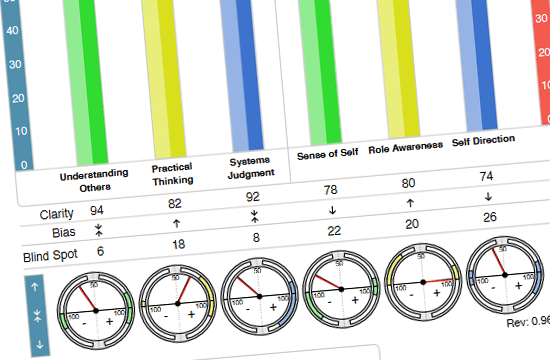
Acumen Capacity Index in Employee Engagement
This assessment measures 3 core dimensions of thought.
Everyone's brain has a unique thought process or model through which we filter and assess our views of the world. Knowing which dimension of thought is strongest will help leaders understand how a person will interpret and respond to different management styles. With this information, leaders can understand how to best engage each team member.
Your Difference: Multi-Science Profiles
One of the advantages of the TTI suite of tools is that we offer you “multi-science” reports, which provide integrated feedback. With this multi-dimensional view, leaders and managers are able to understand themselves and others at a much deeper level than just using a single assessment. The additional advantage to multi-science assessments is they provide you with a layered development plan for leaders. For example, leaders can work through information on their behavioural style, driving forces, and emotional intelligence in one short sitting or they can tackle it one phase at a time over several months. Multi-science reports provide better options for training, more comprehensive information, and more “ah-ha” moments.
